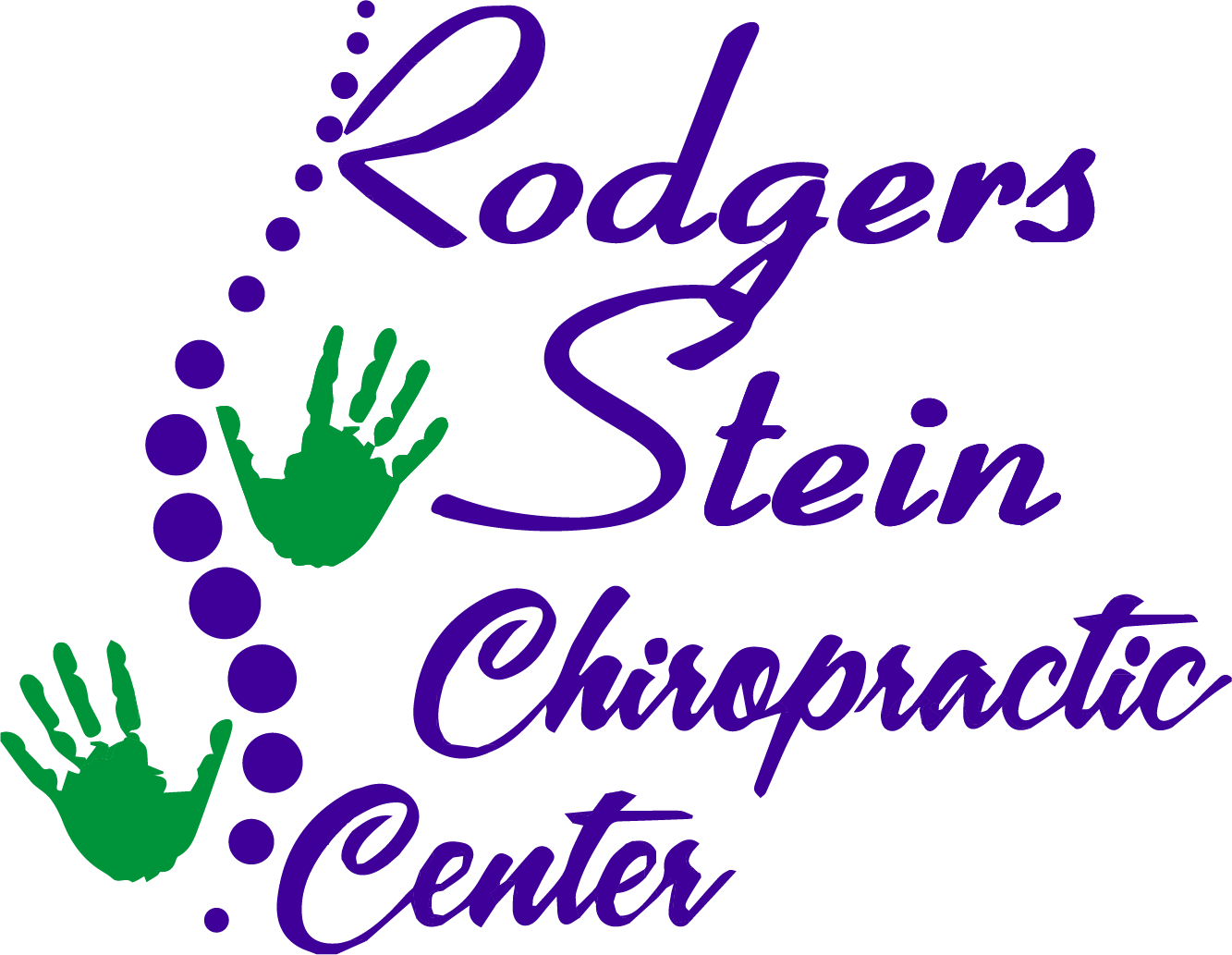If you spend long hours at a desk, you might find that your posture takes a hit, leading to discomfort and potential long-term issues. You don't have to suffer in silence, though; there are effective strategies to improve your workspace setup. From adjusting your monitor to incorporating regular breaks, these top seven solutions can make a significant difference. But which ones will work best for your specific situation? Let's explore these options and find the right fit for you.
Ergonomic Workstation Setup
When you set up your workstation, prioritizing ergonomics can greatly enhance your comfort and productivity.
Begin by positioning your monitor at eye level, ensuring it's about an arm's length away. This setup helps reduce eye strain and encourages a neutral neck position.
Next, adjust your chair height so your feet rest flat on the floor or on a footrest, promoting better circulation and stability.
Your keyboard and mouse should be close enough to prevent reaching, ideally at the same height as your elbows when they're bent at about 90 degrees. This alignment minimizes strain on your wrists and shoulders.
Consider using a wrist rest to maintain a neutral wrist position, which further reduces discomfort during prolonged typing sessions.
Additionally, keep frequently used items within arm's reach to avoid unnecessary stretching. This practice helps maintain a relaxed posture and reduces the risk of repetitive strain injuries.
Don't forget about lighting; position your desk lamp to avoid glare on your screen, which can lead to discomfort and decreased focus.
Lastly, take regular breaks to stand, stretch, and move around. These short intervals can greatly alleviate stiffness and fatigue, contributing to overall well-being.
Proper Chair Support
Finding the right chair support is essential for maintaining comfort during long hours at your desk. A well-designed chair can considerably reduce strain on your back and neck, promoting better posture. When choosing a chair, look for adjustable features that allow you to customize the fit to your body.
Start with the seat height. Your feet should rest flat on the floor, with your knees at or just below hip level. This position helps distribute your weight evenly and prevents pressure on your thighs. If your chair doesn't adjust, consider using a footrest.
Next, pay attention to lumbar support. A chair with good lumbar support helps maintain the natural curve of your spine. If your chair lacks this feature, you can use a lumbar roll or cushion to provide extra support. Place it at your lower back, ensuring it fills the gap between your back and the chair.
The seat depth is also important. You should be able to sit back in the chair with a couple of inches of space between the back of your knees and the edge of the seat. This spacing allows for proper circulation and comfort.
Finally, consider the material of the chair. A breathable fabric or mesh can keep you cool and comfortable during long working hours.
Investing in a chair with proper support won't only enhance your comfort but also improve your productivity and overall well-being at work.
Keyboard and Mouse Placement
Proper chair support sets the stage for effective keyboard and mouse placement. Once you've got that right, it's time to focus on your workstation setup.
Position your keyboard directly in front of you, ensuring it's at elbow height. You should be able to maintain a 90-degree angle at your elbows, allowing your forearms to rest comfortably while typing.
Your wrists should stay in a neutral position, not bent or strained. To achieve this, contemplate using a wrist rest or an ergonomic keyboard designed to promote a natural hand position. Keep your keyboard close enough so you don't have to reach for it, which can lead to shoulder and neck strain.
Next, let's talk about your mouse. Place it at the same level as your keyboard to avoid any awkward wrist angles. Ideally, your mouse should be within easy reach, enabling you to keep your arm relaxed and close to your body.
You might also want to contemplate a mouse pad with wrist support to enhance comfort. If you're using a laptop, invest in an external keyboard and mouse. This setup allows you to maintain proper posture without hunching over your screen.
Regular Breaks and Stretching
Taking regular breaks and incorporating stretching into your work routine can greatly reduce discomfort and enhance your overall productivity. When you're sitting for long periods, your muscles can become tense and fatigued. By stepping away from your desk every hour or so, you give your body a chance to recover and reset. Even a short break of five to ten minutes can work wonders.
During these breaks, try to get up and move around. Walk around the office, grab a glass of water, or just step outside for fresh air. This movement increases circulation, which can help alleviate stiffness and keep your energy levels up. You don't need to do a full workout; just a little bit of movement can make a big difference.
In addition to taking breaks, stretching is essential for maintaining flexibility and reducing muscle tension. Simple stretches targeting your neck, shoulders, back, and legs can relieve tightness and improve your range of motion. For example, try neck rolls or shoulder shrugs to release built-up tension. A standing forward bend can stretch your hamstrings and lower back.
Even seated stretches at your desk can be effective. Incorporating both breaks and stretching into your daily routine isn't just about comfort; it's about maintaining your overall health and well-being.
You'll find that by taking these small steps, you'll feel more alert and focused, making it easier to tackle your tasks throughout the day.
Posture Awareness Techniques
Once you've established a routine of regular breaks and stretching, it's important to focus on being aware of your posture throughout the day. Maintaining good posture isn't just about sitting up straight; it's about staying conscious of how your body is positioned as you work.
Start by checking in with yourself regularly. Set a timer or use an app to remind you to assess your posture every 30 minutes.
When you do, notice how your head, neck, and shoulders are aligned. Your ears should be over your shoulders, and your shoulders should be relaxed, not hunched. If you find yourself leaning forward or slouching, take a moment to correct it. Adjust your chair height to guarantee your feet are flat on the ground and your knees are at a right angle.
Consider using visual cues as reminders. Place sticky notes around your workspace with phrases like "Check your posture!" or "Sit tall!" These little prompts can help reinforce your awareness.
Also, try to engage your core muscles to support your spine while sitting, which can further improve your posture.
Finally, practice mindfulness techniques. Take a few deep breaths and visualize yourself sitting correctly, feeling the benefits of good posture. This mental focus can go a long way in helping you maintain awareness throughout the day.
Strengthening Exercises
Incorporating strengthening exercises into your daily routine can greatly enhance your posture and overall comfort while working at a desk. When you strengthen your core, back, and shoulder muscles, you create a solid foundation for your spine, helping you maintain an upright position throughout the day.
Start with simple exercises like planks and wall sits. Planks engage your entire core, while wall sits focus on your legs and back. Aim for 30 seconds to a minute for each, gradually increasing the duration as you build strength.
Incorporate push-ups to strengthen your upper body; they also improve shoulder stability, which is essential for maintaining good posture.
Don't forget about your glutes! Exercises like bridges and squats help support your lower back and pelvis. Try performing three sets of 10-15 repetitions for each exercise, ensuring proper form to prevent injury.
Resistance bands can also be helpful; they're great for performing rows that target your upper back, counteracting the forward slump many people experience at their desks.
Finally, consider incorporating yoga or Pilates into your routine. These practices emphasize core strength and flexibility, both important for good posture.
Even a few minutes of focused stretching throughout your workday can alleviate tension and reinforce your commitment to maintaining proper alignment.
Standing Desk Options
If you're looking to improve your workspace, adjustable height desks and desk converters are great options to contemplate.
These solutions let you switch between sitting and standing, helping to reduce discomfort and boost productivity.
Let's explore how each option can fit your needs and enhance your work environment.
Adjustable Height Desks
Adjustable height desks offer a flexible solution for those looking to enhance their workspace ergonomics. These desks allow you to switch between sitting and standing positions, promoting better posture and reducing the risks associated with prolonged sitting. You can easily adjust the height to your preference, ensuring that your monitor is at eye level and your wrists remain straight while typing.
Using an adjustable height desk can help you stay more active throughout the day. Standing while you work engages your muscles, helps improve circulation, and can even boost your energy levels. If you find yourself feeling fatigued after hours of sitting, standing for part of your workday could be a game changer.
Moreover, adjustable desks come in various styles, allowing you to choose one that fits your office aesthetic. Many models also include programmable settings, so you can easily switch between your preferred heights with the touch of a button.
To maximize the benefits, remember to alternate between sitting and standing at regular intervals. This approach helps you maintain comfort and focus, making adjustable height desks an excellent investment for your health and productivity.
Desk Converters Overview
Desk converters are a popular choice for those looking to transform their existing workspace into a standing desk setup without the need for a complete desk replacement.
These versatile devices sit on top of your current desk, allowing you to easily switch between sitting and standing positions. With a variety of options available, you can find a desk converter that suits your needs and preferences.
Here are some key features to evaluate when choosing a desk converter:
- Adjustable height: Look for models that allow you to customize the height for maximum comfort.
- Surface area: Verify it has enough space for your monitor, keyboard, and other essentials.
- Stability: Choose a sturdy design that won't wobble when you're typing or using your devices.
- Ease of use: Some converters have manual adjustments, while others offer electric controls for effortless height changes.
Conclusion
By implementing these top seven solutions, you can greatly improve your desk job posture and overall comfort. Adjust your workstation, invest in ergonomic furniture, and remember to take breaks to stretch. Incorporate posture awareness techniques and strengthen your core to support your spine. If possible, consider using a standing desk for added variety. Prioritizing your posture not only boosts your productivity but also enhances your well-being, making your work experience much more enjoyable.



